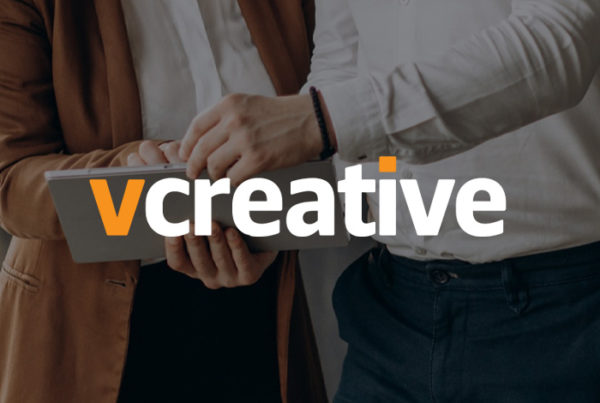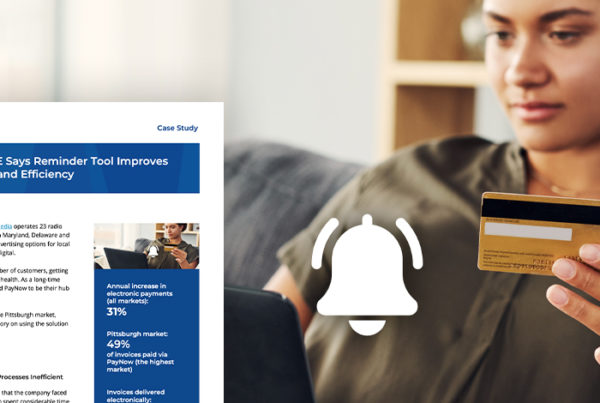After our recent political advertising webinar, we had multiple questions from attendees we didn’t have time to answer. The questions included a request for advice on advertising strategies. We tapped our guest experts, Bud Jackson and Evan Tracey, to answer these and wanted to share them with media sellers.

Bud Jackson

Evan Tracey
We are seeing more and more money directed to specific ethnicities. Are you forecasting more money for a race or demographic, and how do stations tap into these buys?
Evan’s response:
I would say for the demographic, it’s 1) suburban women and 2) Hispanic. Then, the rest are race/state dependent. Come with data, and show us how well you can reach the target voters. Don’t be afraid to ask and educate your folks on the races they are pitching.
Bud’s response:
Races targeted by national organizations are likely to draw the most interest and outside money.
Many candidates say they’re spending their money on social media. My response is that you cannot control the narrative like you can with radio. Any other suggestions to position radio over social?
Evan’s response:
The folks running these campaigns tend to be in their 20s and may need to be shown a radio. Radio is safer, more reliable and has better ROI. Also, the younger consultants don’t know how to write good radio copy. Lastly, buying social media is easy, so make radio easy too.
Bud’s response:
Inform media buyers it’s a greater reach in a shorter amount of time plus the qualitative value of delivering via audio. In addition, radio is similar to TV in that the ad is disruptive. Generally, the listener is a captive audience that must listen. On social, you can completely scroll past or click out of it.
Resources to support the impact of radio ads on voters:
The main focus is on OTA TV or digital. What is their perception of OTA radio in terms of increasing the reach or frequency of their ad campaigns?
Evan’s response:
In my opinion, radio gets a bad rap. It’s not top of mind with many clients, who need convincing in many cases. I would recommend keeping the data coming, making transacting easy and having some education on what makes a good radio spot.
Bud’s response:
It’s primarily market and budget driven. If I can afford TV with enough resources, I may start there. Then, augment it only if I have enough budget for a specific target demo on radio. Alternatively, I might launch radio first if the market is too expensive for TV. If the marketplace is already inundated with TV advertising, and I’m a PAC, I may choose to dominate on radio, where there is less clutter.
Any recommendations on how to reach a decision maker or to pass gatekeepers when reaching out?
Evan’s response:
This can be dicey. I would say come in with something to offer, new data with a lunch and learn. Be prepared, and be present in the off-season. Don’t show up every other year asking for a share of the spending. Offer to help, and case studies are good. They don’t need to be political; cell phones, movies and insurance can be just as good, as these are market-share industries.
Bud’s response:
Ask to speak with the media buyer. That’s the person responsible for the buys.
What are you looking for or what are your concerns if you want to buy ethnic media to reach Asian and Hispanic voters?
Evan’s response:
First would be data — who watches and when. It also depends on the race and what the vote share looks like. Also, offer to help with the creative; ethnic media needs to be developed correctly. You can’t just translate the English ad. Understanding the culture is key.
Bud’s response:
I want to see data and programming information. I want to make sure my messaging fits with the outlet and that the programming isn’t something that could make my client look bad because it’s controversial. I also need to make sure my message works and is culturally appropriate for the audience.
Has a specific percentage of TV budget moved to OTT since cord-cutting is growing so rapidly? How are you reaching those adults 18-34 now that TV is no longer efficient with that demo?
Evan’s response:
I wouldn’t say we’ve seen a shift in spending. With more money, the pie is growing. It’s likely to come from cable in the near term. As for the 18-34 group, streaming, digital, live sports and primetime daypart are all good. They don’t vote as much as the 35+ audience. Those who do tend to be on a team already focused more on GOTV, name identification and issue awareness.
Bud’s response:
I don’t think there’s a hard and fast percentage. It’s just increasing and will continue as more people cut cords, targeting improves and more inventory is available. For now, it has somewhat of a use cap with older voters, who tend to be more consistent voters.
If 18-34 was a key target, the budget share might be larger as a percentage than the gradual increase we are now seeing. Generally, I’d say 10-20% of my digital is going to this. It can’t go higher for me, partly because some platforms don’t offer political advertising, or they only allow it on a scale that doesn’t work for a local or regional race when buying an entire DMA or state would require.
Here are some sources on cord-cutting:
- 60% of advertisers shifted money from linear to CTV in 2021.
- eMarketer predicts that CTV ad spending will reach $17.44 billion in 2022 and continue to rise.
For digital campaigns for state reps, which is preferable: targeted display or geofence?
Evan’s response:
Both can provide value depending on the goals. Name identification is critical in these races.
Bud’s response:
We generally use a voter file matched with other data to target people who reliably vote. For example, you could have display ads deployed to a specific geofence location.
Note: Targeted display is an ad type. Geofencing is a method to target by specific location.
Get More Insights by Watching the On-Demand Webinar
For more advertiser strategies and a breakdown of data and how ad buyers think, watch the on-demand webinar today!







